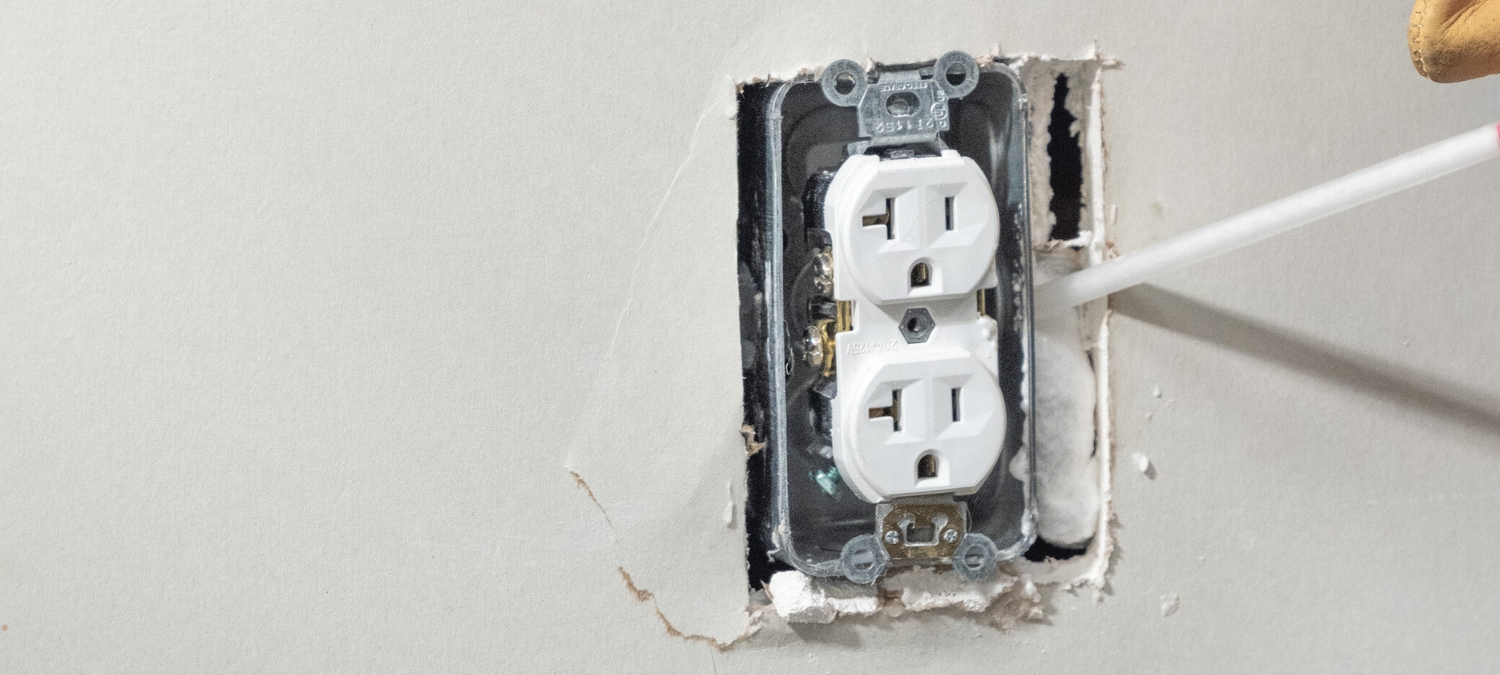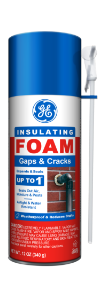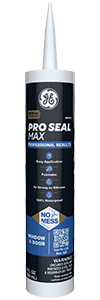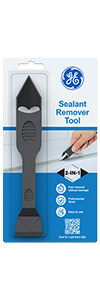Note: This DIY article is provided as a general guide only and is not intended to take the place of product-specific installation procedures; always follow applicable manufacturers’ instructions. Depending on your home’s age and condition, location within the home, and other potential factors, repairs and/or upgrades or other services may be necessary prior to the beginning and/or completion of your project that may involve the services of a home improvement professional. This article does not include advice pertaining to local building codes and/or any related inspections.
Cold air has a way of sneaking into your home through the smallest openings, including your electrical outlets. These wall boxes can act like tiny chimneys, drawing in outside air through gaps in the drywall or insulation. The good news is that sealing around them with electrical outlet insulation sealer is quick, inexpensive, and one of the easiest DIY fixes for reducing drafts and saving on winter heating costs.
To block unwanted airflow in electrical sockets, insert a pre-cut foam outlet gasket behind the cover plate. To finish sealing off air channels behind the wall, apply a thin bead of GE Gaps & Cracks Insulating Foam as an electrical outlet insulation sealer around the outer edge of the electrical box before reinstalling the cover.
How electrical outlets let cold air in
Electrical outlets on exterior walls can act as tiny air channels connecting the inside of your home to uninsulated wall cavities. These openings often lead to gaps in the sheathing or framing where cold outdoor air can slip in and circulate behind your drywall. This movement, known as the chimney effect, happens when warm indoor air rises and escapes through upper openings while cold air is drawn in from below.
Older homes are especially prone to this problem because electrical wall outlet insulation may have settled or been omitted entirely. Even in newer homes, small gaps between electrical boxes and drywall can create airflow paths that reduce your home’s efficiency. Understanding how these drafts form makes it easier to stop them at the source.
Signs your outlets are leaking air
You can often detect outlet drafts with a few simple checks. On a cold or windy day, hold your hand near an outlet or switch on an exterior wall to feel for cool air movement. If you prefer a visual test, light an incense stick or candle and watch for flickering smoke near the edges of the cover plate. This indicates air moving through the gaps.
Dust accumulation around outlets is another giveaway. Air movement can pull in debris over time, leaving faint outlines on the wall. Outlets in basements, near baseboards, or along exterior walls tend to leak the most. Once you’ve identified which outlets are affected, you can plan how to insulate your electrical outlets safely without interfering with wiring. These checks take only minutes and help target the spots where sealing will make the greatest difference.
Best materials for insulation of electrical outlets
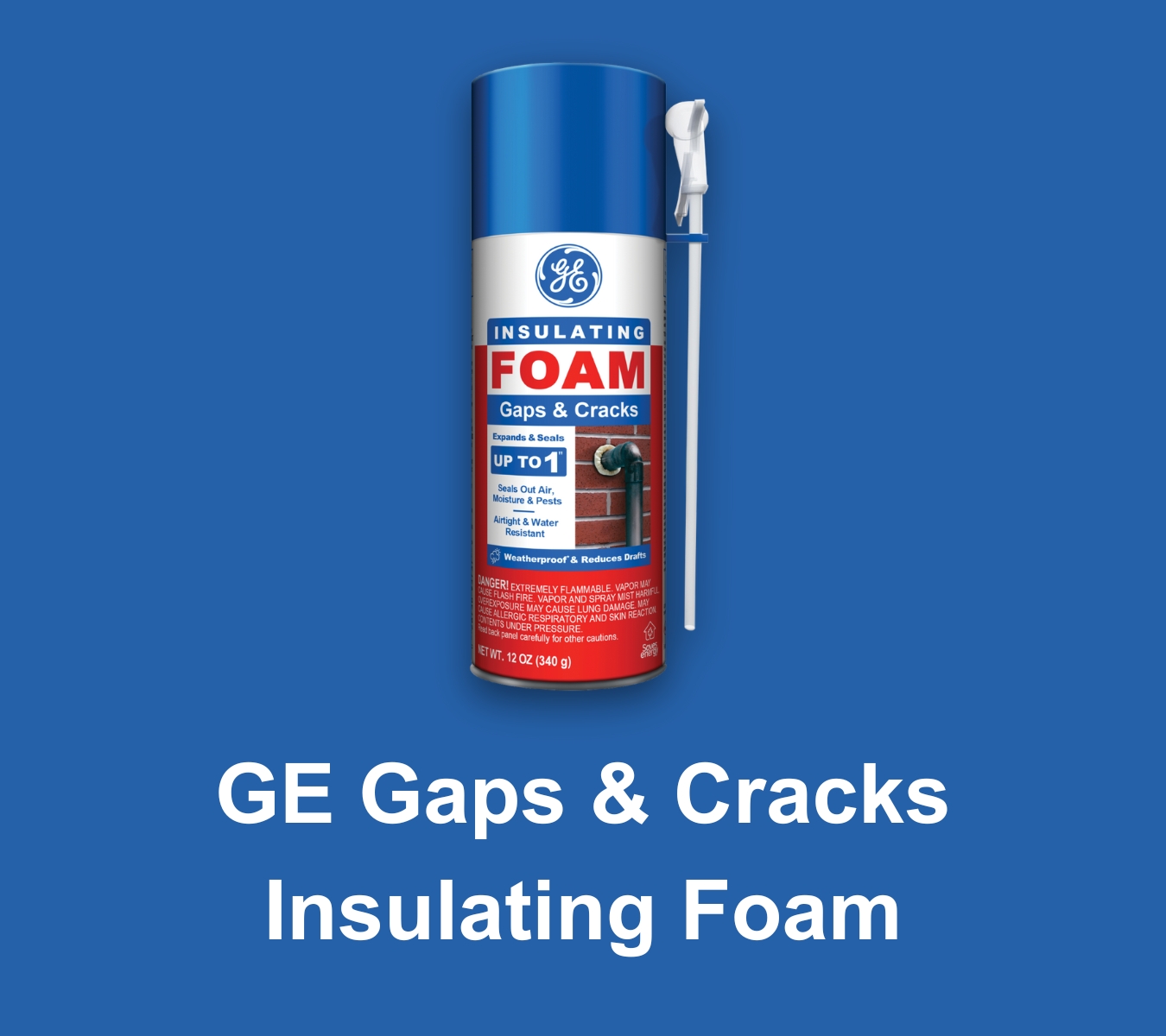
Creating a tight seal around outlets is easy when you use the right combination of materials. The most effective electrical outlet insulation sealer setup includes two key components: a foam gasket and a high-quality sealant or foam that blocks air gaps around the electrical box. Foam gaskets fit neatly behind outlet and switch plates, helping reduce airflow between the wall cavity and the room. They’re inexpensive and easy to install.
For extra protection, use an electrical outlet insulation sealer such as GE Gaps & Cracks Insulating Foam around the outer edges of the outlet box. This expanding foam fills hidden voids and small cracks that gaskets alone can’t reach, effectively stopping drafts before they enter the room. Once cured, the foam can be trimmed flush for a clean finish. Together, foam gaskets and insulation sealer create a strong, energy-saving barrier that keeps conditioned air inside and cold air out.
How to safely seal outlets and switches
Once you’ve found the drafty outlets, sealing them only takes a few minutes per fixture. Begin by turning off the power to the outlet or switch at the breaker box. Remove the cover plate and inspect the area where the electrical box meets the drywall. This narrow gap is usually where most of the air comes through.
To block airflow, insert a pre-cut foam outlet gasket behind the cover plate. These inexpensive inserts help create insulated electrical outlets, reducing heat loss without affecting the outlet’s function. For added protection, apply a thin bead of Gaps & Cracks around the outer edge of the electrical box before reinstalling the cover. Using an expanding foam as a sealer here will fill hidden spaces, sealing off air channels behind the wall.
Once the sealant cures, replace the cover plate and repeat the process for other outlets on exterior walls. Together, foam gaskets and sealant create an effective, nearly invisible barrier that keeps cold air out and warm air in all winter long.
Finishing touches: tools and sealants for a cleaner, easier job
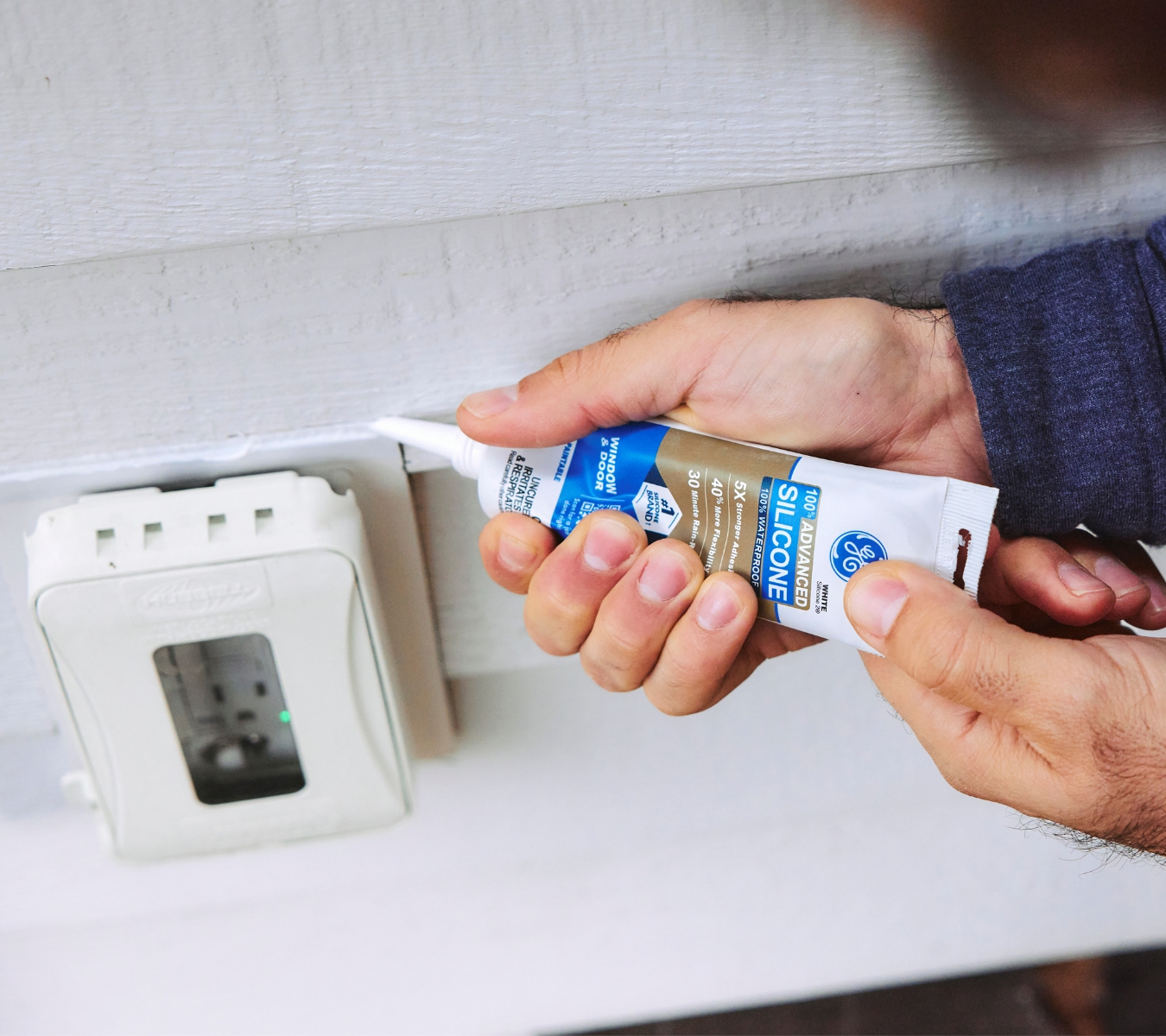
When sealing around outlets, using the right tools ensures a clean, professional result. GE’s Sealant Smoothing Tool helps you evenly spread foam or sealant for a neat finish without smudging surrounding surfaces. For removing old or excess material before sealing, the GE Sealant Remover Tool saves time and prevents wall damage.
In addition to GE Gaps & Cracks Insulating Foam, consider GE Pro Seal Max Window & Door Sealant for sealing other small air leaks around trim or window frames. Its hybrid formula adheres strongly to wood, metal, and drywall while maintaining flexibility through temperature changes. Used alongside Gaps & Cracks, it provides complete protection against hidden drafts across multiple areas of your home.
To get GE Sealants’ products for your home improvement project, visit these fine retailers in the U.S. or Canada.

